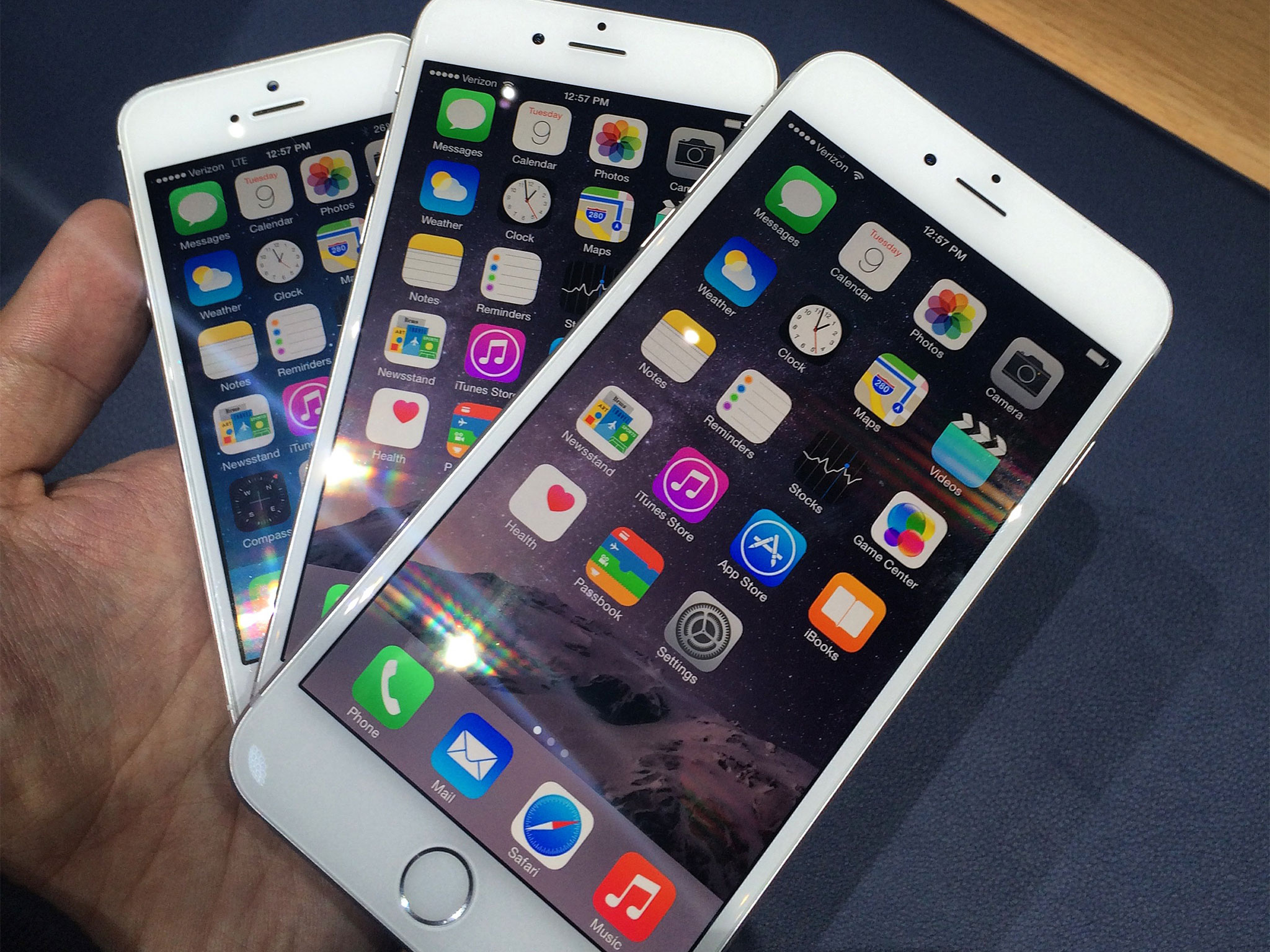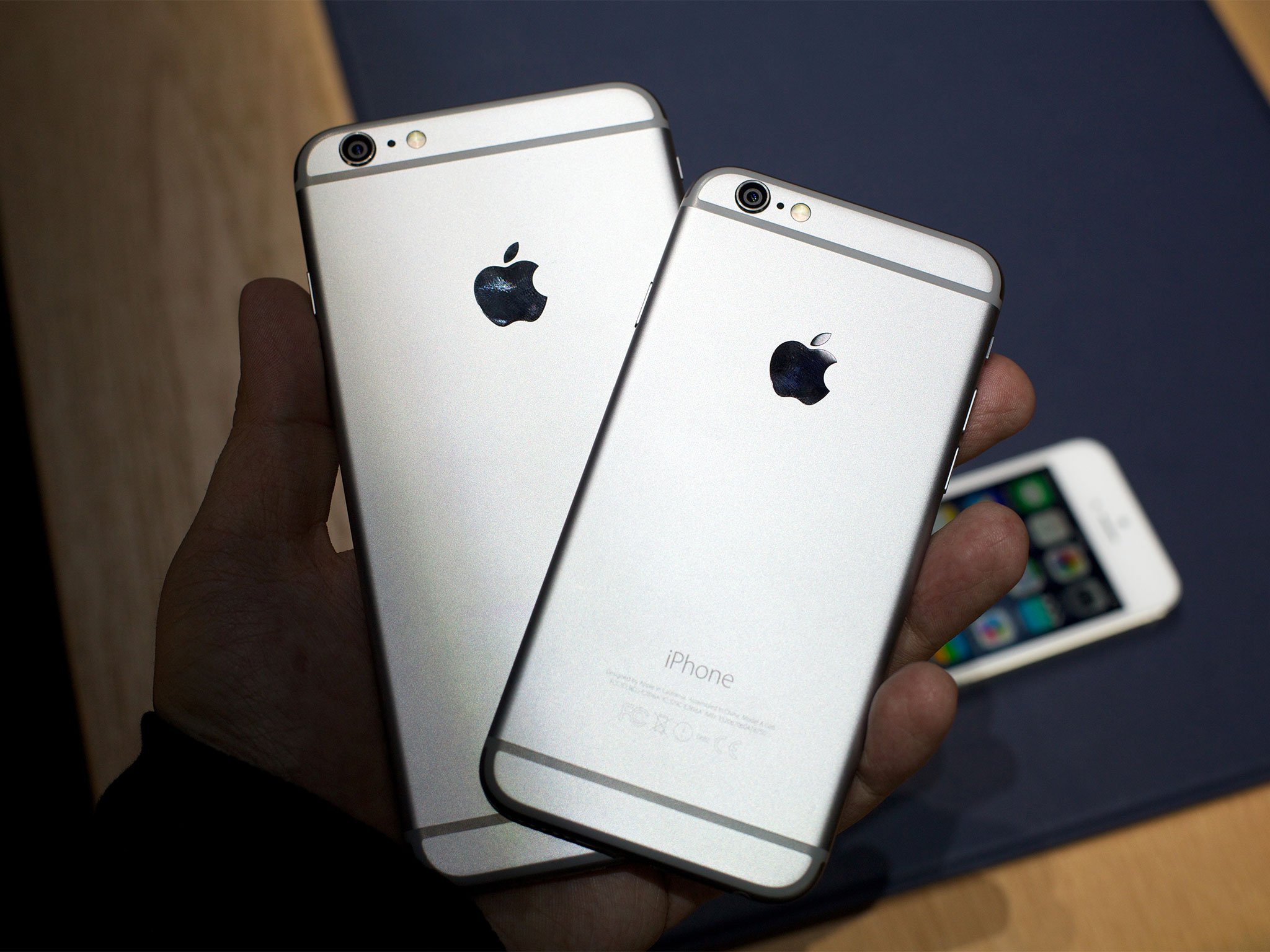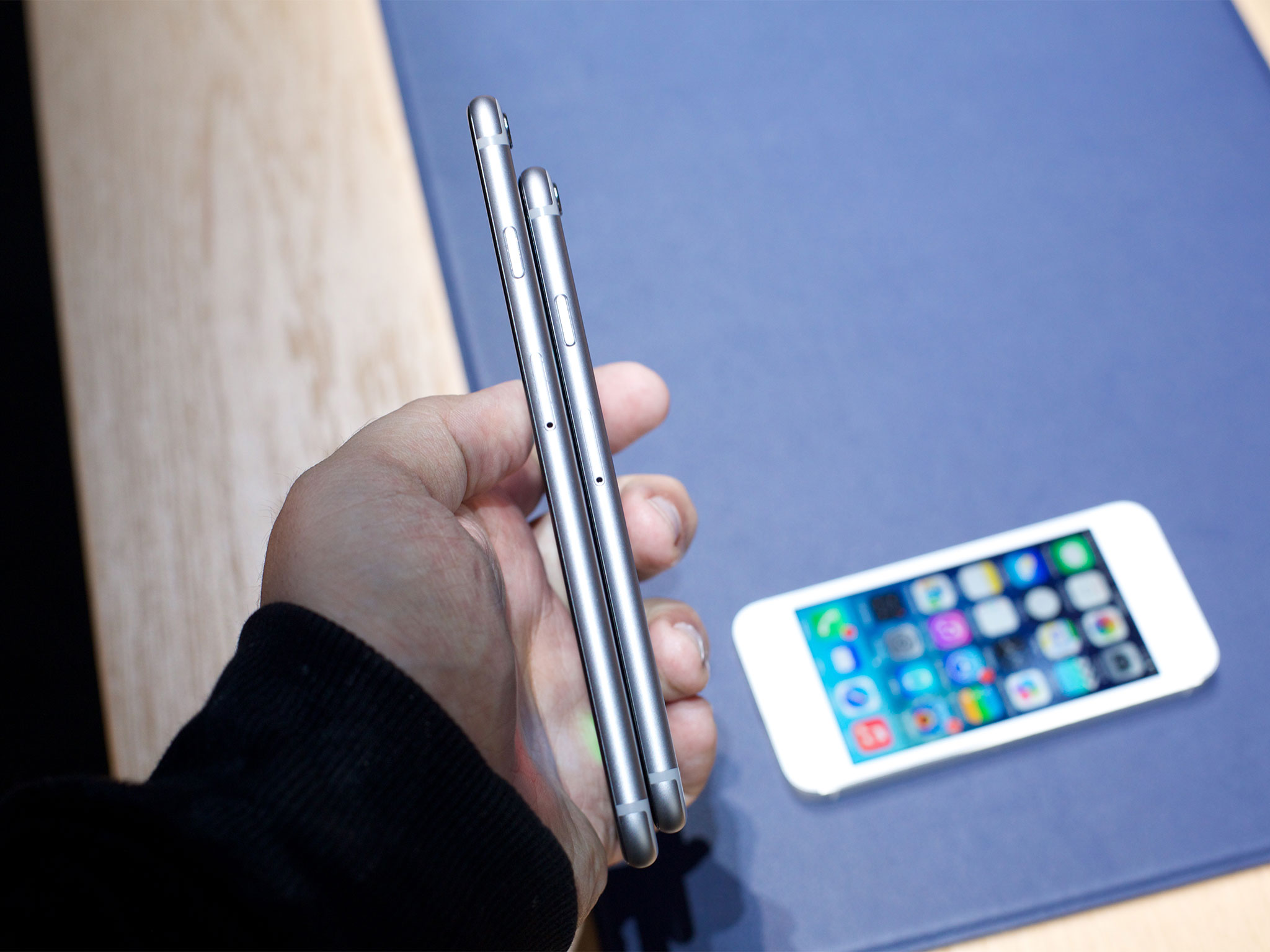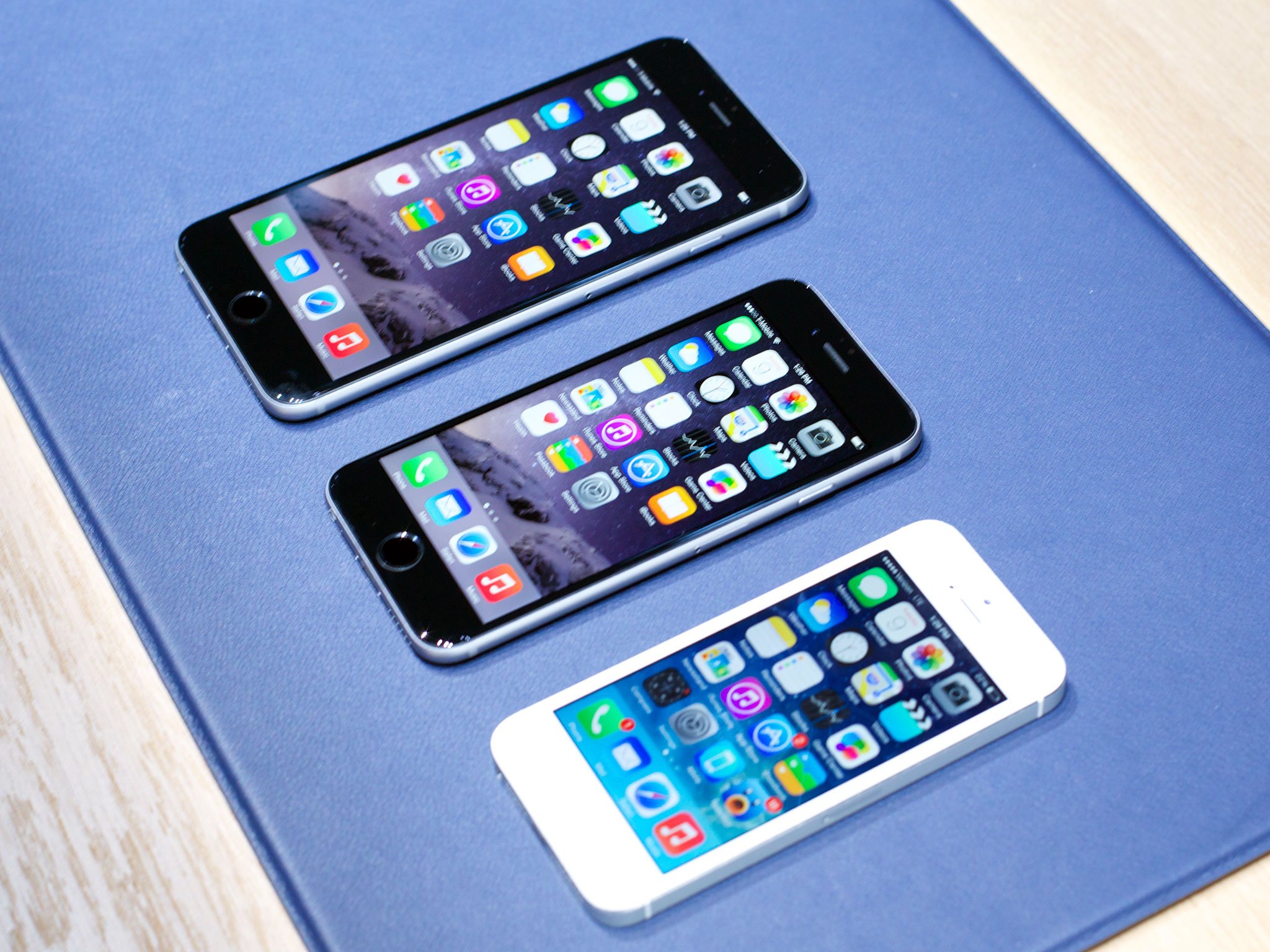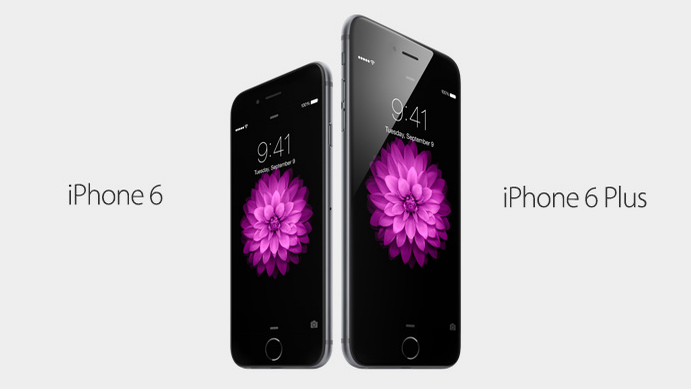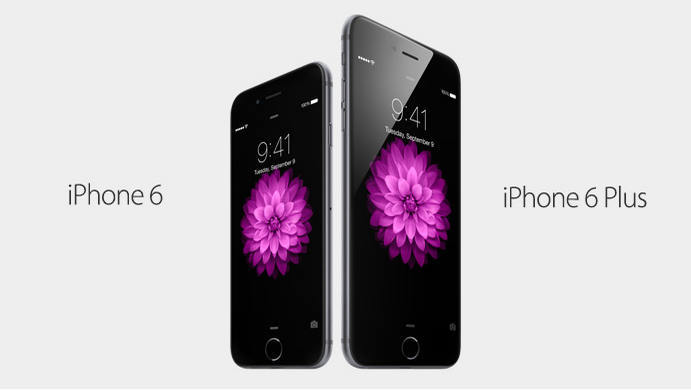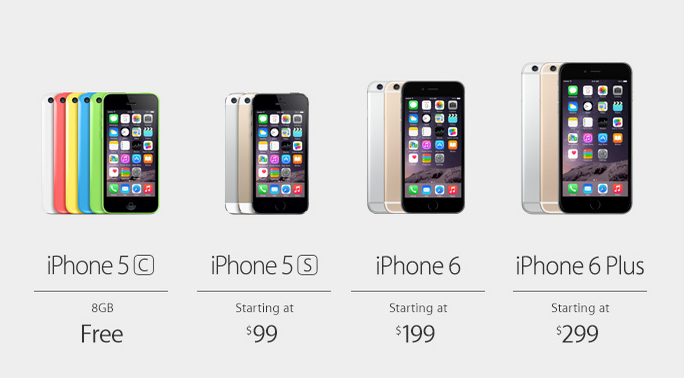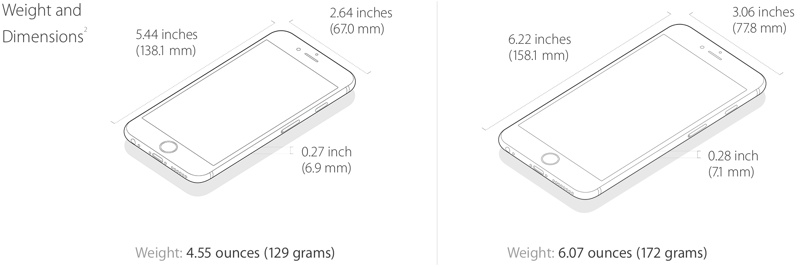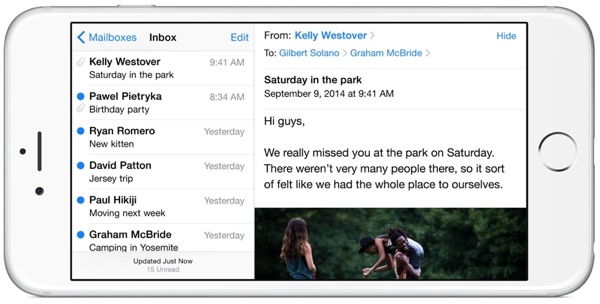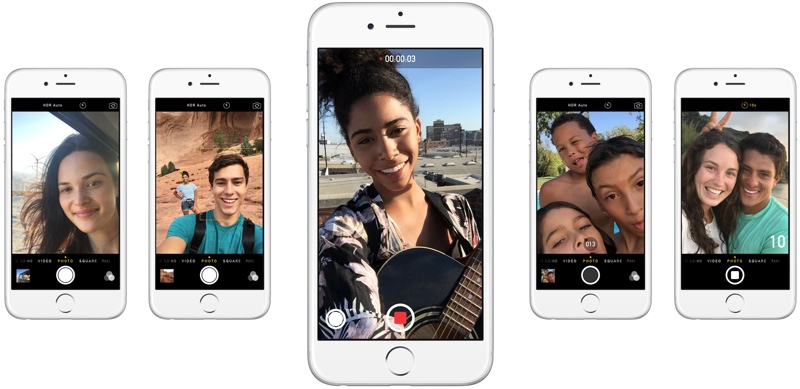The Process That Makes Me Thousands of Dollars Per Month Online
Unless you’ve read Cloud Living, you probably have no idea how I make money online. I do make a great living from the internet, but I’ve never wrote about how. Until today.I’m not going to claim my process is anything new, because there were people using similar methods for a long time before me. I am however going to take you through the steps I follow in order to build profitable websites that allow me to live my location independent lifestyle.
My first major website made money through contextual advertising (Google Adsense) and selling ads on a CPM (cost per 1,000 impressions) basis. I was running a community site at the time and besides premium memberships, they aren’t that easy to monetise.
I’ve started websites from scratch, quickly built them to 50,000 visitors per month, and then sold them on for an easy profit. I’ve hired programmers to create scripts that I later sell to niche communities for a great return and I’ve also built and sold popular blogs.
There are many more ways to make money online, but the process that generates most of my income is simply this: I direct search engine traffic to landing pages, and then send that traffic to product pages as an affiliate.
If someone buys a product on the site I sent them to, then I make a commission. The product is obviously relevant to what they were searching for, and this strategy results in a win-win for both parties (I only promote the best products / services I know of).
Although this method makes me thousands of dollars per month, it’s still a very simple process. Nobody said making money on the internet was difficult. In fact, I think it’s very easy; as long as you take right action.
I’ve just given you a quick overview, so let’s get into the specifics.
I Write Down My Passions, Fears, and Problems
Most people online are looking for something to fill a need. People playing games might just want to avoid the school or office work they could (should?) be doing. People reading weight loss blogs may be doing so because they want to attract members of the opposite sex.Some people really want to quit their day job and leave the rat race, so they read sites like this one. Generally, everything anyone does online is to help them personally, whether you like how that sounds or not. This is probably why Seth Godin refers to eMail as Memail. We care about ourselves, naturally.
To understand what other people might be interested in online, I look at what I’m interested in.
What are my passions?
- DJ’ing
- Internet marketing
- Driving
- Reading useful, non-fiction books
- Socialising with friends
- Going clubbing (I think my record is around 36 nights out in a row, mostly with Diggy)
I See If There Is a Market with Similar Interests
As I’m relying on search engine traffic to drive new visitors to my affiliate site, I need to if there’s a decent market size with similar interests or problems. To do this, I use the Google external keyword tool. The tool gives you a good idea of how many people are searching for X (X being anything) in Google.When I first started building websites, I would pick keyphrases that received around 5,000 exact searches per month to decide that a market was large enough for me to enter. Generally, the lower the figure, the less money you can make. 5,000 searches means that I can make a decent amount of money if I get on the first page of Google for a relevant keyphrase.
However, now that I’m doing well with this process, I’m happy to go for keyphrases with 100,000+ monthly searches. This means that I’m going to have to work a lot harder and the process is going to take a lot longer, but the reward is much greater.
Once I’ve ran my terms through the keyword tool and found something I know about that has a decent audience size, I’ll also check Google Trends to give me an idea of whether the audience is growing, declining, or staying at a steady level.
If something is declining sharply, then I’ll generally stay clear. Finally, I’ll then run my keyphrases through Google and perform backlink checks on top ranking results to see how hard it is going to be to rank. If the sites in the top results have thousands of links and the market size isn’t that large, I generally won’t waste my time.
However, for small industries, the sites that rank rarely have an unbeatable backlink count.
I Find a Relevant Product I Can Promote
There are times when this step and the previous step swap position, but generally I find products around what I love, rather than just promoting something because it’s popular (like most affiliate marketers).I know for a fact that I could make a lot more money online by promoting things I’ve never used that I know convert well, but that just doesn’t align with me internally. We only have one shot at life, and I like to spend my time doing positive work. I don’t judge others who just promote things for the money, but it’s simply not for me.
There is the odd occasion that I will fall in love with a product or service and then test the market to see if there would be interest in it, but most of the time I pick the products afterward.
To find products I use companies like Clickbank, Commission Junction, Motive Interactive, and a few other niche companies that only have one or two specific products. If I can’t find something to promote around a keyphrase then I will either:
- Search Amazon and try their affiliate program (though commissions are low)
- Create my own product in that niche
- Search Google for things like “niche affiliate” or “product affiliate” (substituting niche and product for relevant terms)
- Pick a different industry
In Cloud Living I talk more about the criteria I use to pick certain products but generally, I just pick things that interest me, rather than worrying about how much money I’ll make. Maybe I’m not the greatest businessman, but I jump out of bed each morning looking forward to doing what I do.
I Build a Website Around That Product
Once I have chosen an industry and found a product I want to promote, I then go and build a website around that product. These don’t have to be professional and they don’t have to take that long, but I prefer to build an entire site around something, rather than just putting a link on a blog post or adding a page to an existing site.To start with, I choose a relevant domain. If you can get the .com for your keyphrase (like I did for a keyphrase which now gets 135,000 exact searches per month) then take it before you realise how lucky you are. Generally you’ll have to add words to a domain such as ‘mykeyphrase.com’ or ‘keyphrasehq.com’ or even ‘key-words.net’. My favourite extensions in order are:
- .com
- .net
- .org
The pages I have on the site are usually:
- A homepage, which talks about the topic / product and then links to the product page as an affiliate
- A contact page where people can ask you questions. This also makes your site more legitimate
- A privacy policy which also adds to the legitimacy and is recommended if you ever advertise via PPC as it will increase your quality score
- 5 – 10 unique articles on the topic that fill out the site and show search engines that you are a decent resource
I Work on Getting Search Engine Traffic
While on-site optimisation is important to increase the relevance of your site to the keyphrases that you’re trying to rank for in Google, the main thing that determines search engine rankings is links to your website from other websites, otherwise known as backlinks.Not all links are created equally, so it’s far better to get links from quality, relevant sites rather than spamming blog comments or asking your friend to put a link on the sidebar of his blog which is in a totally different industry.
Benefits of This Process
As I mentioned earlier, there are thousands of ways to make money online and I’ve made money in lots of different ways. However, I really like this process for a few reasons:- Low Start-Up Costs – There are a number of business ventures you can pursue online which don’t require much of an investment, and this is one of them. If you can afford the $9 for a domain and $5 for monthly web hosting then you’re good to go.
- Work In Your Spare Time – Unlike blogging where you really have to keep some form of consistency in order to be successful, your affiliate site is happy to wait until you’re ready to work on it. Just a couple of hours per week are all you need to build the site and start working on building links.
- You Can Make Money In Your Sleep – One of my friends is a professional poker player and another is a freelance writer. Both love what they do, but for both of them, work = income. The great thing about this process is that even when you sleep, the internet doesn’t. Once an affiliate site is ranking, you can generally leave it and it will make money for months or even years to come with little to no extra effort on your part.
